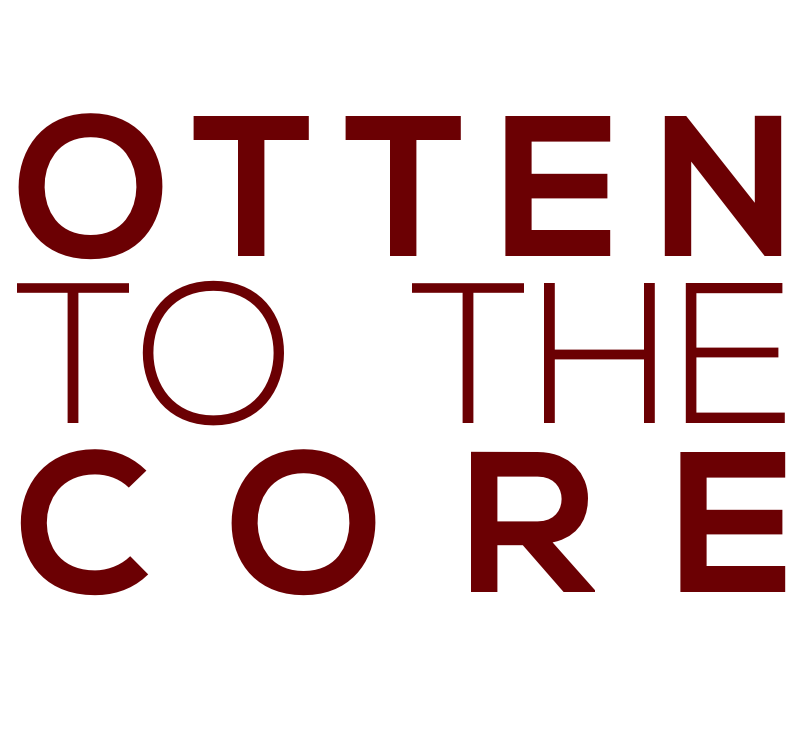Both of these apps utilize skeumorphic design, but with very different and critical consequences as it’s relates to the user’s interaction with the apps.
Contacts utilizes skeumorphic design in the aesthetics of the software, the “look and feel”. This, like all aesthetics, is neither “good” nor “bad”; rather it’s only “favored” or “unfavored” by the users.
Conversely, Retro Boombox Stereo Music Player utilizes skeumorphism to design a function of the “hardware”. I’m giving spoiling the ending here somewhat, but as you might have guessed, this is very“bad”.
But why?
The argument in favor of skeumorphic design in software is that provides a certain familiarity to the user, reducing the need for training or instructions. The problem with this approach is that it is not necessary to limit the design of software to the obvious limits required when designing hardware. The action of turning a dial in the actual world to increase the volume of your stereo is very intuitive and easy to accomplish using your hands. The same action of “turning” a dial in software is very unintuitive and difficult using your hands (and don’t even get me started on doing that with a mouse). The hardware dial was originally designed as a dial because of the nature of what it meant to turn up the volume; you were literally turning a potentiometer that altered the output voltage. (Linear potentiometers achieve the same voltage change through a different action and can be just as intuitive; they have similar issues when simulated in software.) The design of the control was really a consequence of the physics inherent in the action (voltage change). Good hardware design is based on the physics of the desired action.
The addition of software, however, adds a layer of abstraction from the physics on top of the hardware. However, it doesn’t change what makes for a good design. Similarily to good hardware design, good software design is based on the physics of the desired action. Bad software design, in this case skeumorphism in the design of a function, is based on the *hardware* of the desired action.
And just so you don’t think that Apple has been completely innocent when it comes to the use of skeumorphism in a terrible way, check out the volume knob on Quicktime 4.0 player (although it’s all pretty bad). It’s in the Interface Hall of Shame.



